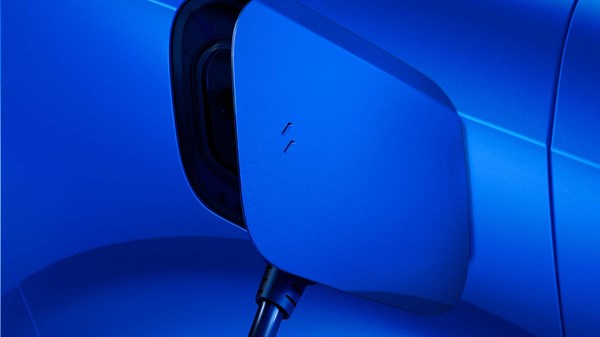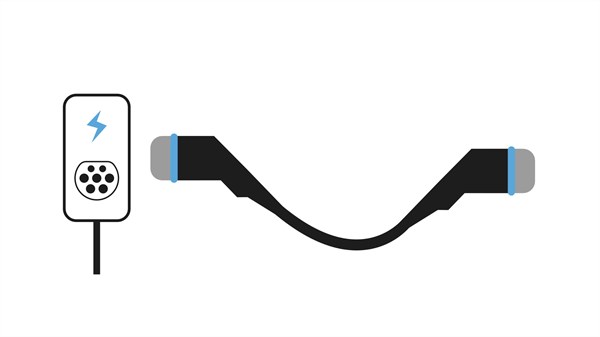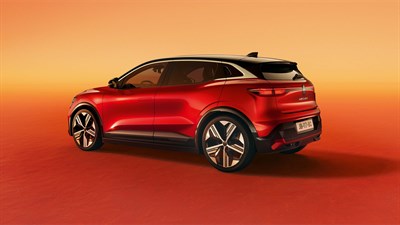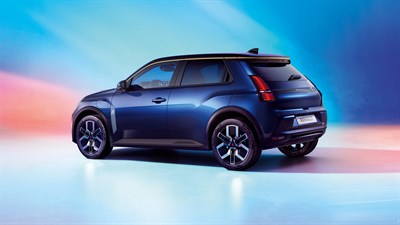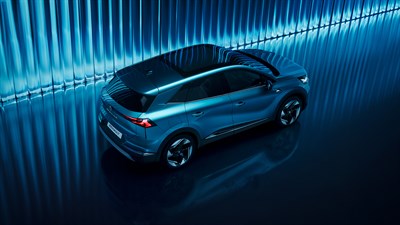CHARGING A RENAULT E-TECH PLUG-IN HYBRID VEHICLE
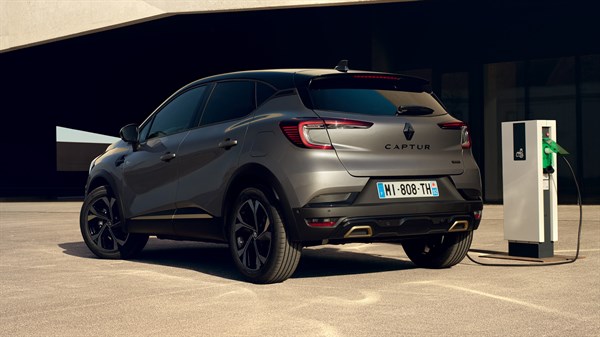
easy charging
Charging your plug-in hybrid car is a piece of cake: simply plug it into the electricity grid.
Our vehicles are compatible with AC (alternating current) charging points or sockets. The charging power limits are set depending on your car’s features.
In addition, as you drive your battery charges up to 10% through regenerative braking.
Our vehicles are compatible with AC (alternating current) charging points or sockets. The charging power limits are set depending on your car’s features.
In addition, as you drive your battery charges up to 10% through regenerative braking.
what are the charging options for a plug-in hybrid vehicle?
enjoy 100% electric driving time with your E-Tech plug-in hybrid vehicle
charging that changes everything
Your fuel consumption is significantly reduced if you fully charge your battery every day.

battery life
The plug-in hybrid s' battery is designed to be fully recharged, every day. That way, you can enjoy all the benefits of electric driving on a daily basis.
Charging speed is “slow” to avoid damaging the batteries.
Our batteries are guaranteed for 8 years or 160,000 km.
Charging speed is “slow” to avoid damaging the batteries.
Our batteries are guaranteed for 8 years or 160,000 km.

less fuel
Save up to 100% of fuel on your daily journeys with its 100 km driving range (WLTP cycle) with a charged battery. Enjoy significantly lower fuel consumption during your longest journeys with the hybrid mode, which switches between combustion and electric driving as soon as your battery has enough charge.
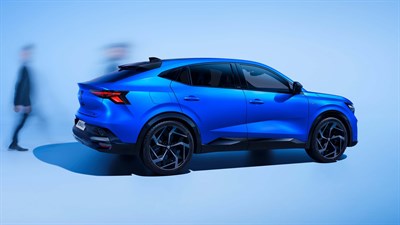
low CO₂ emissions
If you charge the battery of an E-Tech plug-in hybrid vehicle every day, you can use the electric motors for longer. Drive 100% electric up to 100 km (WLTP cycle) with no CO2 emissions or particles harmful to health.
optimising your daily charging

